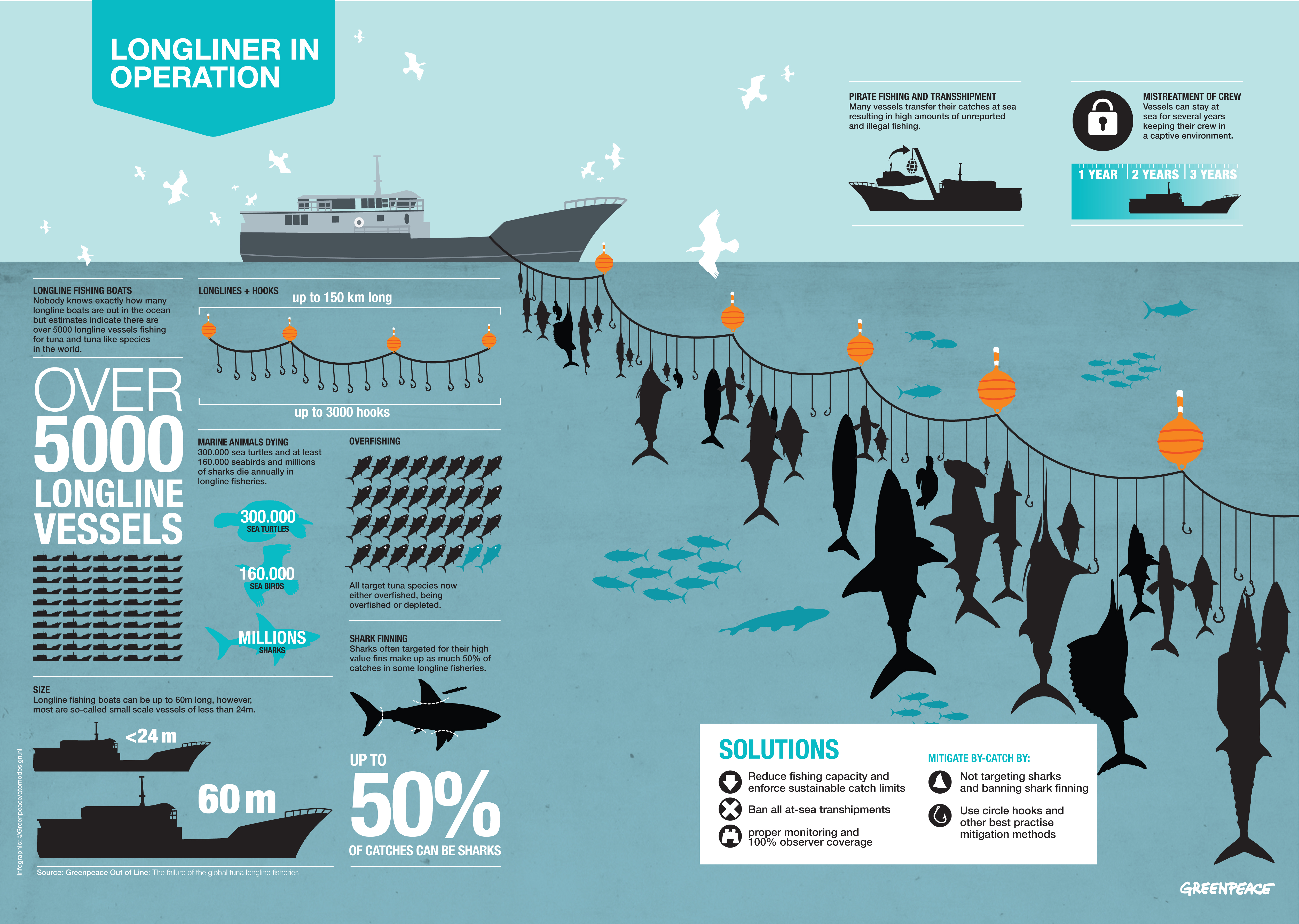

We’re subject to numerous cognitive biases:Īnchoring. The Idea in Practice Rose-Colored Glasses

How? Reference forecasting: comparing a project’s potential outcomes with those of similar, past projects-to produce more accurate predictions. We can’t eradicate either, but we can take a more objective view of an initiative’s likely outcome. The culprits? Cognitive biases and organizational pressures to accentuate the positive. Why? Delusional optimism: we overemphasize projects’ potential benefits and underestimate likely costs, spinning success scenarios while ignoring the possibility of mistakes. Three-quarters of business initiatives flounder-new manufacturing plants close prematurely, mergers and acquisitions don’t pay off, start-ups fail to gain market share. The outside view is more likely than the inside view to produce accurate forecasts-and much less likely to deliver highly unrealistic ones, the authors say. This outside view, also known as reference-class forecasting, completely ignores the details of the project at hand instead, it encourages managers to examine the experiences of a class of similar projects, to lay out a rough distribution of outcomes for this reference class, and then to position the current project in that distribution. The biases and pressures cannot be escaped, the authors argue, but they can be tempered by applying a very different method of forecasting-one that takes a much more objective “outside view” of an initiative’s likely outcome. By exaggerating the likely benefits of a project and ignoring the potential pitfalls, they lead their organizations into initiatives that are doomed to fall well short of expectations.

They show that a combination of cognitive biases (including anchoring and competitor neglect) and organizational pressures lead managers to make overly optimistic forecasts in analyzing proposals for major investments. But two distinguished scholars of decision making, Dan Lovallo of the University of New South Wales and Nobel laureate Daniel Kahneman of Princeton University, provide a very different explanation. Economists would argue that the low success rate reflects a rational assessment of risk, with the returns from a few successes outweighing the losses of many failures. The evidence is disturbingly clear: Most major business initiatives-mergers and acquisitions, capital investments, market entries-fail to ever pay off.


 0 kommentar(er)
0 kommentar(er)
